
Laying the technology foundation for future growth
As a smaller company, it’s difficult to keep up with technology, especially since delivering these experiences seems to require spending big. However, by partnering with the right technology companies and being creative with implementing them into the business, Chalet has been able to punch above our weight and fulfill even the highest expectations of our customers. I’ll take you through our journey to this point and where it will take us from here. I hope you can learn from our experience!
The Technology
We view our software as part of the Chalet team. In many cases, it’s carrying out tasks that used to be carried out by staff, empowering our people to do even better things with their time. Let’s get to know a few of the key technology teammates at Chalet before diving into the story.
Shopify
Shopify is known for being an e-commerce platform, but we’ve also enlisted its services for our point of sale (POS) system. Shopify has created a juggernaut of business on the e-commerce side by providing millions of entrepreneurs with the tools to scale their businesses. The $50 billion company has turned their war chest toward brick and mortar to create the “retail operating system” of the future.
Zendesk
Zendesk is a customer service platform operated by our internal customer contact center (CCC). We’re now in the age where people will interact with us on endless channels: email, text, web forms, web chats, social media and still good old-fashioned phone calls. Zendesk fields all of that and helps the CCC make sure all inquiries are taken care of through its ticketing system.
Acumatica
We’re implementing Acumatica — a powerful software tool within the category of enterprise resource planning, or ERP. It has a lot of bells and whistles, but we are using its inventory and accounting tools. It integrates well into our tech stack since it plays nice with both Shopify and our landscape software, Aspire.
Klaviyo
This is our email and now SMS text platform. It’s tightly integrated with Shopify, allowing us to get very granular in our messaging using POS and e-commerce transaction data. We can send automated flows that are set and forget to drive revenue without any human effort.
Aligning With Our Teams
A decade ago, it was common to see one or two software programs running all the functions of a company. Now, businesses more often have a multitude of software programs that serve more specified purposes. It allows for specialization where you select the “best of breed” software for each function. This contrasts to the “jack of all trades” approach of old.
This approach aligns with our functional organizational structure. That is, we have customer-facing teams and product-facing teams that perform their day-to-day processes in software aligned to their roles. The software is essentially part of that team learning to work well together over time. For example, Shopify works hand in hand with our customer experience and sales teams to, among other things, sell stuff. Our buying, receiving and fulfillment teams work with Acumatica to keep great products coming in, merchandised, and accurately organized and counted.
Just as we want our cross-functional teams to work in harmony with one another, it’s critically important to choose software programs that integrate; Shopify and Acumatica do just that. Acumatica updates Shopify with product information and inventory to sell. Once Shopify sells it, those orders come back to Acumatica to update inventory and our accounting general ledger. They work together to allow our staff to find the perfect product to fit the customers’ needs and locate where to find it.
Establishing Solid Software Platforms
Some software will be complementary, but it’s important to think about the foundational pieces; those types of software call themselves platforms for a reason. Shopify and Acumatica are such software. It was a difficult and unique, but fundamental, decision to go with these two at the core of our operations. Most other garden centers have a POS system and then a separate e-commerce system, which necessitates those two systems talking to each other seamlessly through costly custom integrations. That integration needs to work well in order to establish consistency and fluid processes between your online and in-store business.
We learned the hard way that your customer and inventory data can get out of whack between the two systems. It can be like running two different businesses that sold the same products to the same customers. It also didn’t align with how our teams were organized, leading to a lot of friction in our processes, which our customers then felt. We decided to join those two “channels” into the same software, Shopify, to create “omnichannel” harmony between the two channels. Our customer experience staff serve in-store and online customers side by side.
Part of being a platform is the inherent ability to work well with the other software in your business. Integrating software together is where business automation happens. Business process automation allows our staff to be more productive, so we can get higher output for the same number of people. As garden centers, our staff are always stretched thin during the spring and holiday seasons. These technology tools have automated a lot of historically manual processes. Our teams are freed up to work on more value-added activities. Creativity in the approach to seeking out the simplest processes to ultimately create incredible customer experiences is where the magic happens in modern businesses.
Improved Customer Experiences With Klaviyo & Zendesk
Our supporting systems like Klaviyo and Zendesk are weaved seamlessly into those platforms. Specifically, Shopify acts as a conduit through which important information makes its way into those customer-facing communications systems. In turn, they deliver the right information at the right time and foster an intimate and personalized conversation with the customer over time on their preferred communication channel. Klaviyo is our outbound communication system managed by our marketing team, and Zendesk is our inbound communication system managed by our customer contact center (CCC).
Klaviyo’s tight integration with Shopify allows us to target customers with emails and texts based on purchasing patterns. For example, we deliver care instructions upon purchase of plants. If customers forgot to buy complementary “success items,” Klaviyo knows it and will automatically remind them to purchase. This integration is an example of punching above our weight because recreating those joint capabilities ourselves would cost tens of thousands.
Zendesk fields any questions from customers, displaying for the CCC the customers’ previous purchases right next to their question. They can quickly drill into orders or see which plants they are questioning. This saves a lot of research time and clicking around. Zendesk also hosts a help center in which care instructions and other FAQs reside for customers to help themselves, further reducing labor costs and resolving inquiries faster. We’ve started to implement artificial intelligence (AI), which uses this help center information to deliver answers to questions through human-like conversations.
Creating a Foundation for Growth
We’ve undergone a lot of change to get all these systems in place — and not without heartache. Change is hard. However, we know it’s all to improve and grow, and this year, we’ll be prepared to use it as an engine for strong growth. The Shopify engine is continuing to generate powerful opportunities through world-class partnerships.
You may have heard of Google and Meta. The partnership with Google integrates our products into its search engine and YouTube. It sends them to the top of the page for searchers of plants in our area and displays them on our relevant YouTube videos. The partnership with Meta (Facebook and Instagram) allows us to sell products directly through our posts without the customer needing to leave the social network. Within its partnership with both of those tech giants, it launched Shopify Audiences to find new customers who are predicted to like our brand due to shopping data across the millions of stores using Shopify. It’s a powerful acquisition tool that can allow us to decrease our cost to acquire each customer (CAC) which is key when having a smaller advertising budget.
In 2023, Chalet will start to ship select products to reach more customers. This past year, we launched our second store, with a potential third in the coming years. Acumatica has the tools and best practices for establishing an efficient shipping operation quickly while balancing inventory across locations. We’ve connected the marketing toolset with the operational toolset that’s needed to find customers and deliver our products, services, and brand experience.
Closing Tips
For those in the earlier stage of your digital transformation, my advice is to think ahead and do your research. There’s no one size fits all, but there are a lot of options. With some creativity, you can fit the right pieces together to create an agile and resilient business that’s prepared for growth and any future challenges.
For an enhanced reading experience, view this article in our digital edition.




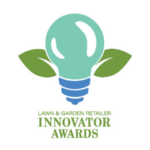

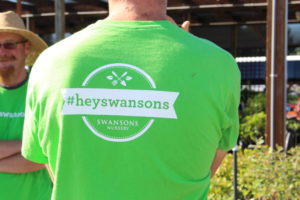


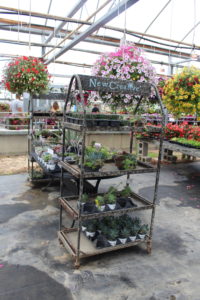


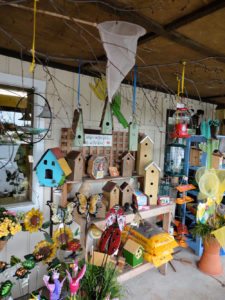

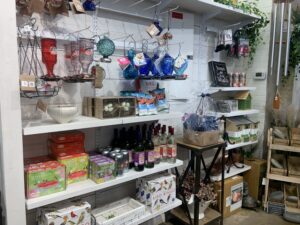

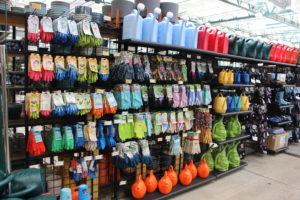
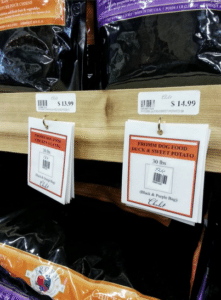
 Videos
Videos





